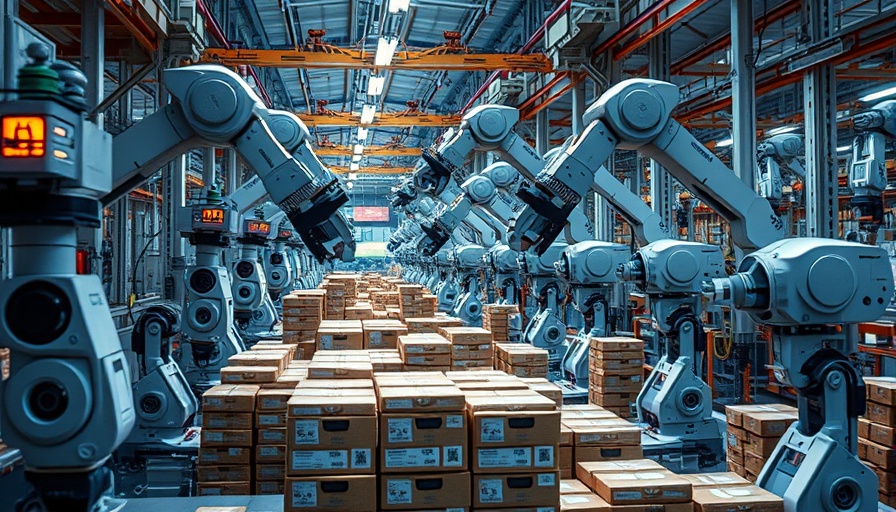
The Changing Face of the Tech Industry
Once a cherished playground of innovation and creativity, the tech sector is facing a formidable identity crisis. With an alarming rate of layoffs—150,000 last year and another 260,000 the year before—tech companies are shedding their vibrant cultures in their relentless pursuit to cut costs. While CFOs may be celebrating reduced headcounts, they overlook a critical element: the intrinsic value of a motivated workforce. Those sleek offices and fun perks have been replaced by a somber, survivalist mentality, where talent no longer feels vital, and the joy of working in technology has all but evaporated.
Macro Factors Versus Management Choices
It's easy to chalk up these setbacks to rising interest rates, inflation, and falling demand. Indeed, these are valid economic pressures, but they reveal a deeper systemic issue. High-profile tech executives tout record profits while simultaneously executing rounds of layoffs, sending a chilling message that their workforce is disposable. What once was an industry valuing creativity and innovation is now resorting to fear-based management tactics, effectively telling employees that they should feel lucky to have a job at all.
The Value of Workplace Culture
As business owners scaling operations in today's environment, it's vital to understand that a churning workforce does not support sustainable growth. You can't build reputable brands or customer acquisition strategies when the individuals driving the innovation are being laid off without warning or support. When employees are constantly looking over their shoulders, the collaboration that fuels creative breakthroughs is stifled. The tech talent pool has transformed: enthusiasm is being replaced by anxiety, and once-promising careers are becoming akin to a relentless job search.
Attracting the Next Generation of Innovators
The aftermath of this changing landscape impacts not just those currently working in technology but also the new generation poised to enter the workforce. Where once they were encouraged to “learn to code” and thrive in this space, now they face a more hostile environment that could deter bright minds from even considering careers in technology. The industry's ability to showcase its value proposition plays a critical role in attracting and retaining this innovative talent.
A Call for Transformation
As someone navigating the complexities of business growth amidst these challenging times, embracing a rejuvenated workplace culture can be a game-changer. Prioritizing employee engagement over cost-cutting may yield dividends far beyond immediate financial metrics. Understanding that engaged employees drive branding and marketing initiatives and lead generation strategies can lead to sustainable success.
The scenario may seem grim; however, there’s hope for a brighter future. Companies can pivot away from fear-based tactics to foster environments where ideas can flourish and employees feel valued. After all, a tech sector that embraces fun and creativity not only benefits its workforce but can also reclaim its cultural and economic prestige.
If you’re a business owner seeking to create a motivated and engaged team, consider investing in your workplace culture. A thriving team can be one of your most powerful tools for scaling your operations effectively. Start reimagining what success looks like in your organization today!
 Add Row
Add Row  Add
Add 



Write A Comment